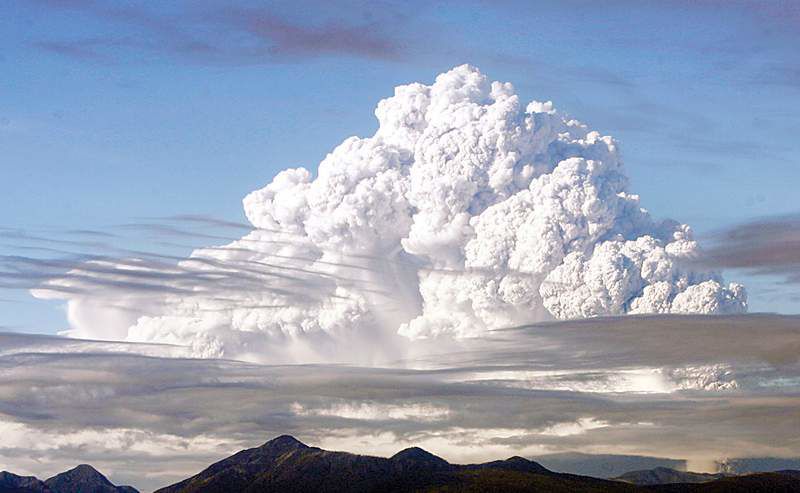Fear and uncertainty in volcano’s shadow
Published 5:00 am Sunday, August 10, 2008

- Smoke and ash rise from the Chaiten volcano in May. Chilean authorities evacuated hundreds of people from remote villages in southern Chile after the volcano erupted.
CHAITEN, Chile — In the desolate silence of this once-vibrant town, now abandoned like a lunar landscape, the volcano still roars.
Three months after erupting, for what scientists say they believe was the first time in 9,370 years, the Chaiten volcano continues to threaten to coat this once-picturesque town with volcanic ash.
Trending
The aftereffects of the eruption in May destroyed half of the town of 5,000 residents. Uncertainty about when and if they will ever be able to return to the tranquil seaside life they cherished is tearing many of them apart.
What to do with the displaced has become a problem for Chilean officials, and Chaiten, tiny though it may be, has alerted them to the need to better understand the threats posed by hundreds of potentially active volcanoes in the country.
On May 2, the volcano that bears this town’s name burst into activity, spewing hot gases and ash some 12 miles into the sky. Most residents left, as some scientists warned that the volcano could be heading toward an eruption on the scale of Mount Vesuvius, the volcano that in A.D. 79 wiped out the Roman city of Pompeii in less than a day.
Like Pompeii, Chaiten is only about six miles from the volcano. A Vesuvius-like explosion seems unlikely now, said Charles Stern, a professor of geology at the University of Colorado who specializes in geochemical evolution, and volcanism in Central and South America. In May, he alerted the Chilean authorities that such an explosion could happen.
The volcano was pushing ash and smoke only about two miles up into the sky as of Friday, said Jorge Munoz, a volcano expert at Chile’s Geology and Mining Service. He said Saturday that the number of temblors recorded in the past 10 days averaged 10 a day, compared with 200 to 300 temblors a day at the end of July.
But slow lava has created a new dome that could plug the vent and lead to another explosion, he said.
Trending
“It is very difficult to say when this is going to stop,” Munoz said. “There is less material being emitted, but the volcano could reactivate at any moment.”
While the initial eruption spared the town, 10 days later the river that runs alongside it, swollen with volcanic material and winter rain, overflowed its banks, dumping trees and soft gray mud over half of Chaiten.
More than 150 known eruptions have occurred from 30 volcanoes in Chile since about the year 1600, Stern said. “It is just a matter of time for a lot of little towns in Chile,” he said.
Even Santiago, Chile’s capital, which sits along the banks of a river that drains off the flanks of three large, potentially explosive volcanoes, “is under an umbrella of potential problems,” he said.
Virtually no instrument monitoring occurred at the Chaiten volcano before May because of the volcano’s scant history of eruption, Munoz said. Until the warning system is developed, the government is wrestling with what to do about Chaiten and its displaced residents. “We have to wait until the volcano stops being active to see what can be saved and what cannot,” said Paula Narvaez, the president’s appointed representative dealing with the Chaiten disaster. “This is an uncertain scenario, and people need to make their own decisions. They are feeling desperate and depressed right now. Most still want to go back.”
The mayor of Chaiten, Jose Miguel Frites, is among those who oppose the idea of moving the town and are pushing to rebuild.
Social workers continue to aid residents, who are being given living allowances, as well as subsidies of about $25,000 to buy new homes anywhere in Chile.
Stopping residents from going back has proven difficult. Chile’s Supreme Court ruled recently that the government could not prevent residents from returning to their homes, even though Chilean officials insist they cannot guarantee residents’ safety here.








